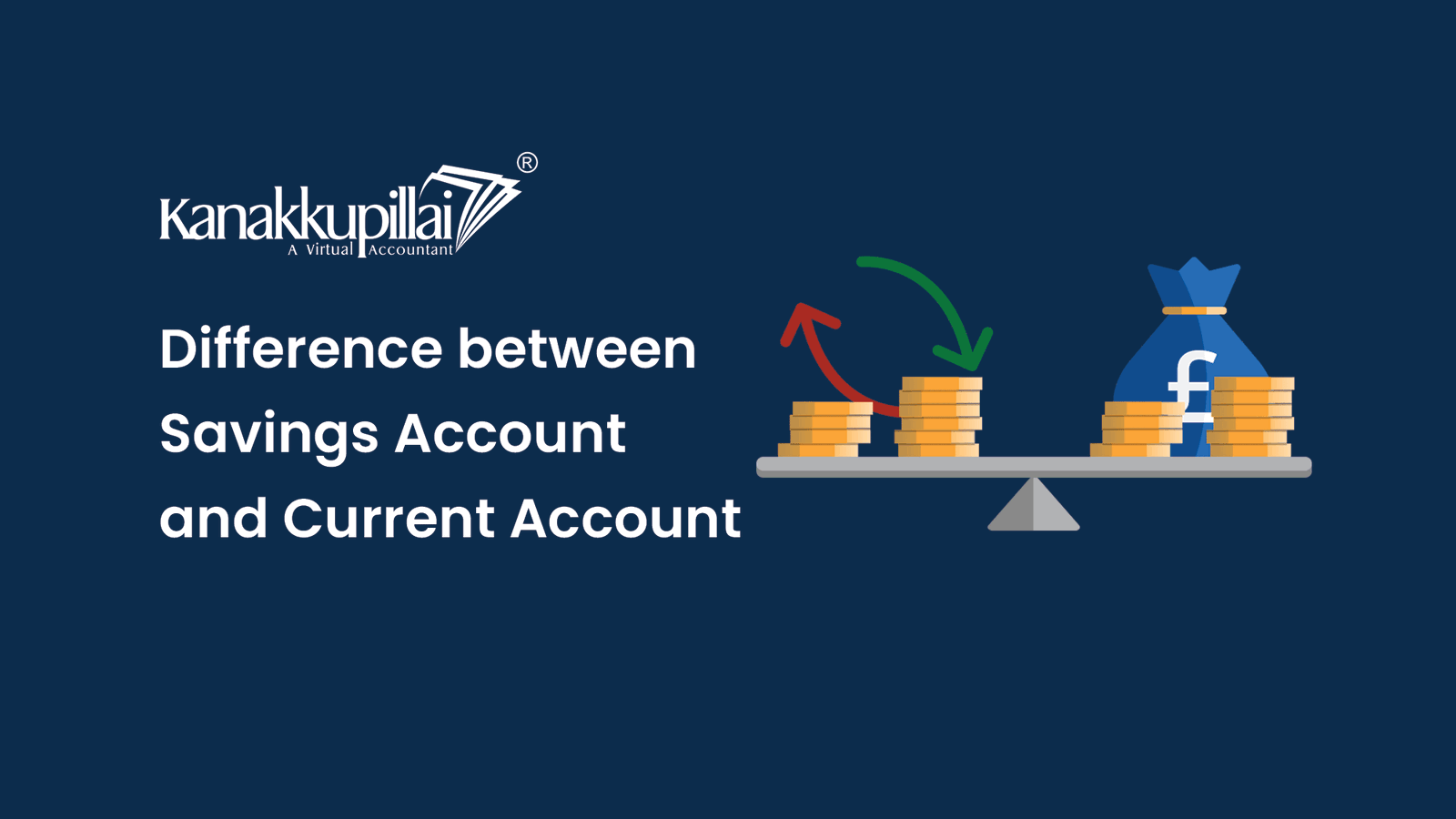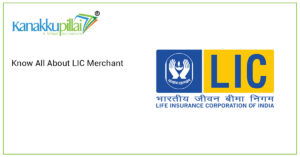![]()
Difference between Savings Account and Current Account
Current and savings accounts are made for different things, and they offer different characteristics. Current accounts are designed for routine transactions of businesses and companies, whereas savings accounts are for those who desire to save.
- Interest rates on savings accounts are greater than those on current accounts.
- They serve the needs of people, whereas current accounts are better suited for businesses and enterprises.
- Unlike current accounts, which have no monthly transaction restriction, these accounts do.
- The minimum balance requirement of the Savings accounts is lower when compared to the requirements of the current account.
We are always given the choice between a Savings Account and a Current Account at an ATM. These two types of accounts were created to perform various functions and meet the financial requirements of various user types. Almost all of India’s top banks, including Axis Bank, SBI, Kotak Mahindra Bank, HDFC Bank, Citibank, YES Bank, IndusInd, and many more, provide current accounts and savings accounts. However, there are other ways in which these two stories diverge from one another. Continue reading to learn more about the features that each of these accounts has to offer.
What is Savings Account?
- A savings account is made primarily to assist you in conserving money.
- With this kind of account, the owner may deposit funds whenever it’s convenient and receive interest.
- A person or partnership may create a savings account, and the holder is often required to maintain a minimum level of a certain sum.
- Savings account interest rates can vary from 4 percent to 6 percent. The ability to issue checks is often available with these accounts.
What is Current Account?
- The name “current accounts” comes from the regular transactions for which they are best suited.
- This kind of account is better suitable for users like businesses, corporations, government agencies, and entrepreneurs, among others.
- Because of the flexibility that currents accounts provide; they do not pay interest.
- There is often no cap on the total number of transactions that can be done on current accounts.
Difference between Savings Account and Current Account
A savings account and a current account are distinct from one another in several ways. Both of these accounts take care of the user’s various financial demands and aid in improved money management. Here are some of the key characteristics that make it possible to tell a savings account from a current account.
Purpose:
- Account for Savings:
An account for saving has been created to encourage and promote saving. - Current Account:
Is made to make frequent or routine transactions easier.
It is Apt for:
- Savings account:
Is a perfect option for any person/ individual who earns a monthly or regular income like salaried employees. This type of account is also ideal for those who have any short term financial goals to meet like an upcoming or future wedding, future travel plans or buying a car etc. - Current account:
Is more suitable for those individuals who are required to carry out frequent money transfers like businessmen, firms, companies, organizations, public enterprises, etc.
Transactions each month
- Savings Account: Banks that provide this service typically place a cap on how many transactions a holder of the account may make in a given month. The typical range of 3 to 5 transactions per month is the maximum allowed without incurring any fees (financial and non-financial).
- Current Account:There is no maximum number of transactions that may be performed on current accounts. This is largely due to the fact that current accounts are used to conduct frequent transactions.
Interest
- Savings Account: On a predetermined basis, you will often receive interest in the range of 4 to 6 percent. Since these accounts do not permit a limitless number of transactions, it is simpler to amass more money over time.
- Current Account: Banks typically do not offer interest on current accounts. This is because the account is flexible and permits frequent transactions.
Minimum Balance to be maintained
The minimum balance is the amount of money that must constantly be in your account to keep it from expiring or going inactive.
The minimum balance needed for savings accounts is often not high. For current accounts, one might need to keep a minimum balance that is somewhat greater.
Benefits of Savings Account
A bank offers this type of deposit account so that you may keep your money secure and earn interest at the same time. Despite not being extremely high, the interest rates given are still better than nothing.
The following are many advantages of having a savings account.
-
Gives you access to liquidity:
The liquidity of a savings account is one of its main advantages. You have total control over your funds and are always able to make deposits and withdrawals. A debit/ATM card is given to you by the bank when you create a savings account. This card may be used for both online and offline purchases as well as cash withdrawals at any time (24 hours a day).
-
Ensures safety:
Your savings account with the bank is absolutely secure. To ensure the security of the money, the Reserve Bank of India has strong restrictions in place. Additionally, banks provide deposit insurance, which covers every savings account for up to Rs 1 lakh.
-
Earn interest of up to 7%:
Most banks give interest on savings accounts at a rate of 4%, but some digital savings accounts additionally offer interest up to 7% to entice clients.
-
Visa debit cards abroad:
Some banks provide foreign debit cards with specific savings accounts that may be used to make free cash withdrawals from ATMs overseas.
-
A facility for online transactions:
These days, the majority of banks provide online banking services, which make managing a bank account on a daily basis relatively simple. Online, you may order a chequebook, make fixed and regular deposits, and transfer money. Banks today give you the convenience of banking without having to go to a branch.
-
Follow your purchases online:
Using net banking or a mobile application, you may keep track of your spending online.
-
Aids in obtaining a loan:
Having a savings account with a bank might make it easier for you to get a loan since you already have a relationship with the institution. Consequently, getting a loan from a bank where you already have a savings account is made simpler.
-
Simple to open:
These days, opening a bank account is far too simple thanks to banks. Additionally, you may start a savings account right away from the comfort of your home.
Benefits of Current Account
A current account, which is often an active account that allows for regular deposits and withdrawals by check, is described in economics as a banking account from which money may be taken out without prior notice. Anyone who manages the finances of a small, medium, or big organization or who is an entrepreneur, trader, or businessman will often go into great detail with you about how significant and well-liked “Current Accounts” are in their fraternity.
Some of the benefits of owning a current account are provided below:
-
Transactional Capacity:
You may often only withdraw a certain amount from a traditional savings account at any particular time of day, which will be a restriction in your regular day-to-day business interactions. Most major financial institutions that provide current accounts will give you the freedom to conduct transactions without any limits or constraints (particular fees imposed by the bank/government).
-
To Distinguish Between Personal and Business Financial Matters:
A freelancer or company owner would benefit greatly from opening a separate current account and savings account at the same time since they will be able to keep track of their personal and professional expenditures separately. They may easily provide the financial data to the financial authorities or auditors as needed by immediately accessing the transactional details from the Current Account. This gives them a clear picture of the profit or loss of their firm. They may take use of the benefits of both accounts as needed without missing out on occasionally profitable offers because they are managing two distinct accounts at once.
-
Upholding Honesty and Detail in Business:
As a result of the high stakes involved in such transactions, having a current account in the name of the firm will go a long way toward preserving the reputation, validity, and prestige of the company among its business colleagues.
-
Overdraft Service:
The bank will let you to get short-term loans, also known as a Bank Overdraft, in the event of an emergency or an urgent need. As and when the need arises, it is a blessing for many small and medium-sized businesses or organizations.
-
Bank Promise:
If the financial institution has a sufficient amount of history with the account customer, they can often use bank guarantee services. For merchants or system integrators, who must provide bank guarantees when responding to public or private tenders, this may be quite helpful.
-
Convenient Banking:
While some of the services provided by current accounts are comparable to those provided by personal savings accounts, a current account’s USPs include doorstep banking, round-the-clock phone banking, and mobile alert services. In addition, because banks are not required to pay interest to account holders, they typically go above and beyond to increase the value of their goods and satisfy customers to keep their patronage.





